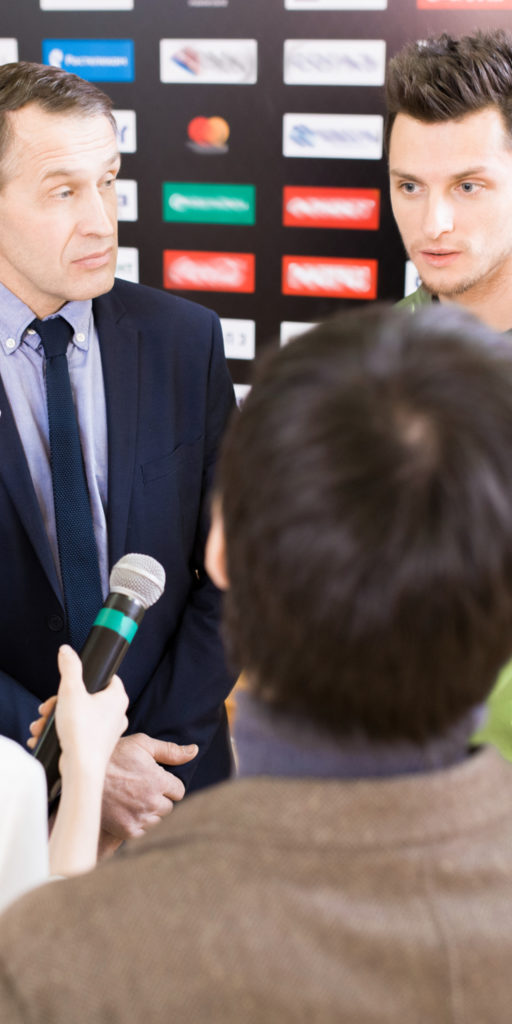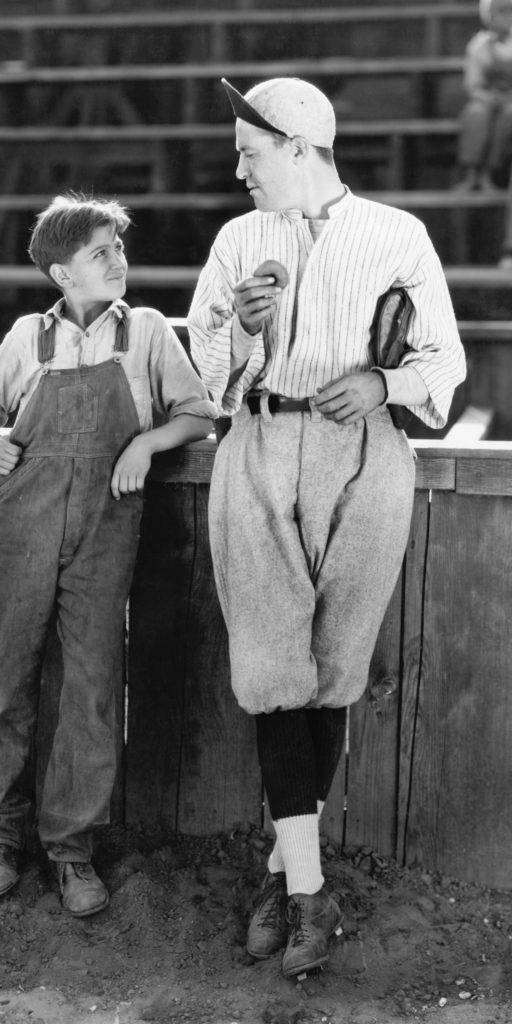Athletes are behavioural role models for the general public through their discipline, their ability to tenaciously pursue their goals, the amount of physical and mental effort they invest to get closer to success.
How important sport is

Sport has been and remains a social activity with a dual valence. On the one hand, practitioners enjoy direct benefits such as improved physical fitness, discipline, willpower and motivation, and empowerment. On the other hand, at the highest level of performance, sport builds behavioural role models and provides spectacle to the public, which places it in the Entertainment Industry.
The main actors, amateur or professional athletes, train regularly and compete in more or less official competitions, either for their own benefit or for the entertainment of the general public.
imona Halep, Gică Hagi, Nania Comăneci, Lionel Messi, Cristiano Ronaldo, Novak Djokovic are types of professional sportsmen and women who have excelled in their fields and have taken their skills beyond the confines of the arenas where they compete.
Recently, Cristiano Ronaldo, a professional footballer with Manchester United, surpassed 400 million followers on Instagram, an impressive number that, if you want to compare it, exceeds the entire population of North America and more than half the population of Europe, the Old Continent.
When Joe Biden says something, 200 million people get his message, because not all members of the population are connected to official communication channels, but if the Portuguese star posts a picture, 400 million people get his signal, being connected to a single communication channel. We all know how insistent Instagram is when it wants to get a message across!
All this global attention also comes with a lot of responsibility, pressure, aspects that mainly affect the psyche and can have two edges, either ironing or destroying the bearer of fame.
It comes as no surprise that Ronaldo turns up at his team’s regular training sessions an hour before all his team-mates, preparing for the session both physically and mentally, and being a role model for his team-mates.
The general public may not understand the value of an athlete like Zlatan Ibrahimovic, who at the age of 40 plays for AC Milan, as our compatriot Bogdan Lobonț did at 40, when he was still playing for a brand like AS Roma.
These two performers, through their professional attitude inside and outside the sports facilities, represent behavioral models for their younger colleagues.
It is difficult to manage a group with an average age of 25-27 years if you do not have monumental examples at your fingertips for young people to respect and follow, and these examples of attitude are built over time, not overnight.
With these image vectors close by, amateur and professional athletes feel inspired to prepare and channel their energy into improving their own physical and mental parameters.
Athletes' in-season work
ll aspects of image, influence, social media are outside the main realm of the notion of sport and are important for the high performance level, where the performance of the performers produces the spectacle that the masses of followers are looking for.
To get there, it takes hard work, discipline and tenacious pursuit of a set of goals that are out of reach for most of us.
Official competitions are grouped into a calendar, called a season, and require a type of training that allows athletes to have the level of combativeness needed to achieve the best results.
The training of those who compete in the arenas is not only physical, as many members of the public mistakenly believe, but also mental and technical.
The effort put in during regular training sessions leaves deep marks on both the body, our tangible part, and the psyche, the intangible and most often ignored part.
While exercises and test games are designed to shape the athlete’s behaviour in preparation for competition, nutrition and lifestyle are the pillars on which a successful career is built.

Athletes who see their work as a profession are aware of the importance of every aspect of their training and pay particular attention to the diet and supplements that help them recover from the exertions of competition.
The increase in the body’s energy levels, especially during the hypoxic phase of training, makes a product like Astenor Forte an important purchase for top performers. Both the arginine and malic acid in this product are substances with a powerful energising effect, particularly important for those training for endurance sporting events such as long-distance running or cycling, providing enhanced performance when Astenor Forte is taken regularly.
Malic acid works as an integral part of a digestive process that stimulates more efficient release of energy from nutrients when cells lack sufficient oxygen, as happens in the later stages of a sporting event.
Muscle cramps, muscle fatigue, often accompanied by soreness, are signs of high energy expenditure. All this gradually leads to the accumulation of lactic acid in the muscles, which is directly responsible for all the signs of muscle fatigue.
Astenor Forte improves muscle activity and increases resistance to effort by stimulating the synthesis of ATP, the main component involved in energy generation in the muscle cell, favouring the elimination of lactic acid and increasing resistance to pain.
Regular physical activity and stress need to be managed responsibly, at amateur and low performance level, to avoid unpleasant injuries so that performers can enjoy the long-term benefits of competitive participation.